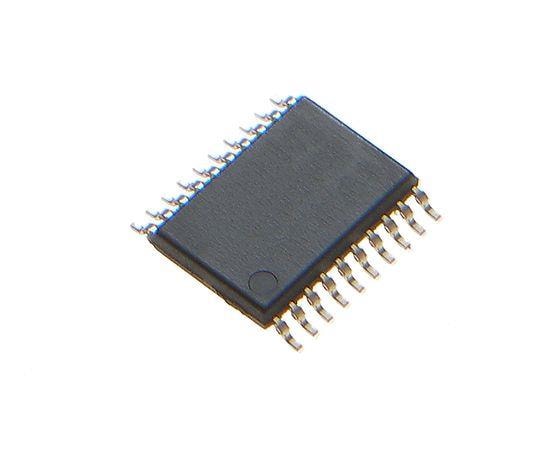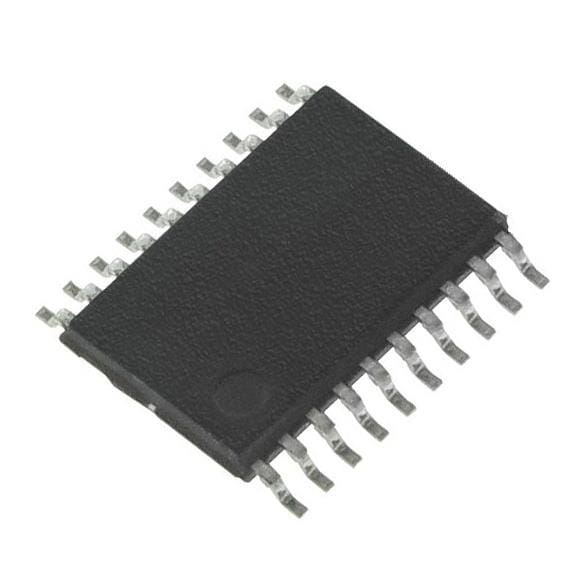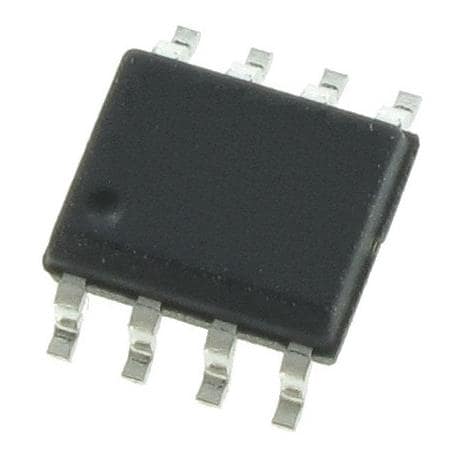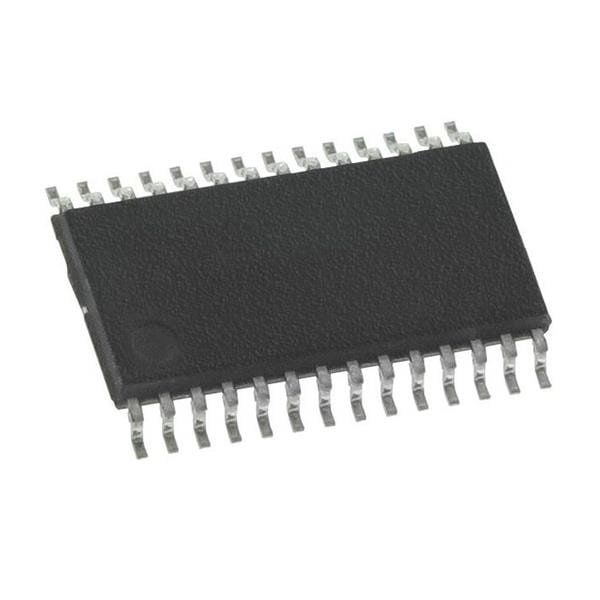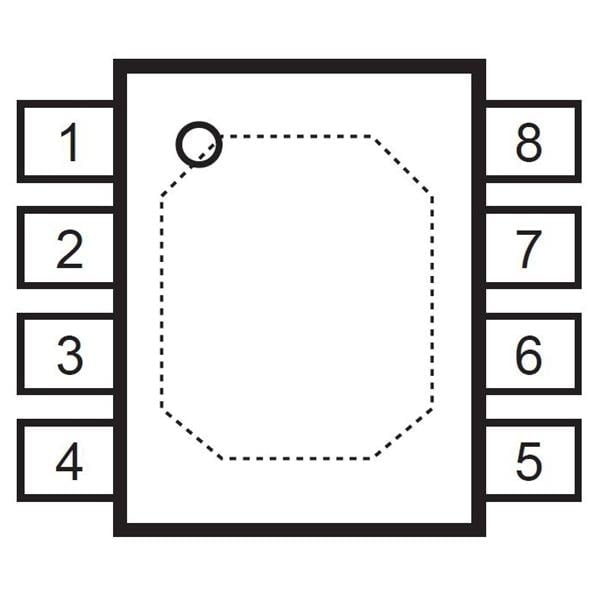MP Series, Audio Amplifiers
About Audio Amplifiers
Audio amplifiers are electronic circuits designed to increase the power and amplitude of audio signals to a level suitable for driving speakers, headphones, or other transducers. They play a crucial role in audio systems by boosting weak audio signals from sources such as microphones, musical instruments, or media players to levels that can produce audible sound. The primary purpose of audio amplifiers is to faithfully reproduce the input audio signal with minimal distortion and noise. They ensure that the amplified output retains the characteristics and nuances of the original audio source. This includes preserving the frequency response, dynamic range, and other qualities of the audio signal. Audio amplifiers are typically categorized into different classes based on their circuit design and operational characteristics. Common amplifier classes include Class A, Class AB, Class D, Class H, and Class G, each with its own advantages and trade-offs in terms of efficiency, distortion, and power handling. Class A amplifiers provide the highest level of linearity and low distortion but are less efficient in terms of power consumption. Class AB amplifiers combine the characteristics of Class A and Class B amplifiers to achieve a balance between efficiency and audio fidelity. Class D amplifiers use pulse-width modulation (PWM) techniques to deliver high efficiency but may introduce some distortion. Class H and Class G amplifiers employ multiple power supply rails to improve efficiency while maintaining audio quality. In addition to the basic amplification function, audio amplifiers may include additional features and functionalities. These can include volume controls, equalization options, tone controls, built-in protection circuits, and integration with digital signal processing (DSP) for advanced audio processing capabilities. Audio amplifiers are used in a wide range of applications, including consumer electronics, professional audio systems, car audio systems, public address systems, and musical instruments. The selection of an appropriate amplifier depends on factors such as power requirements, desired audio quality, system configuration, and specific application needs. In summary, audio amplifiers are essential components in audio systems that amplify weak audio signals to higher power levels for driving speakers or headphones. They ensure accurate reproduction of the audio signal while offering various amplifier classes, additional features, and integration options to cater to different application requirements.

